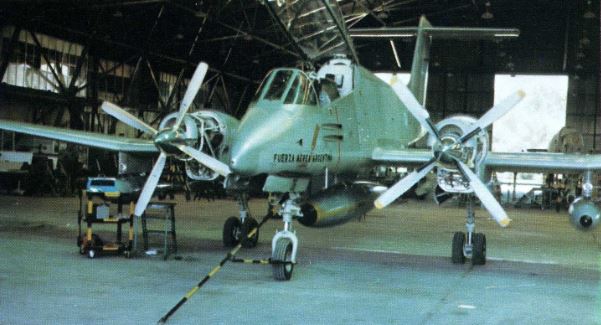Would you like to see this aircraft in-game?
Where should this aircraft be placed?
- German TT
- Future Argentine TT
- Other
- I answered No in the first question
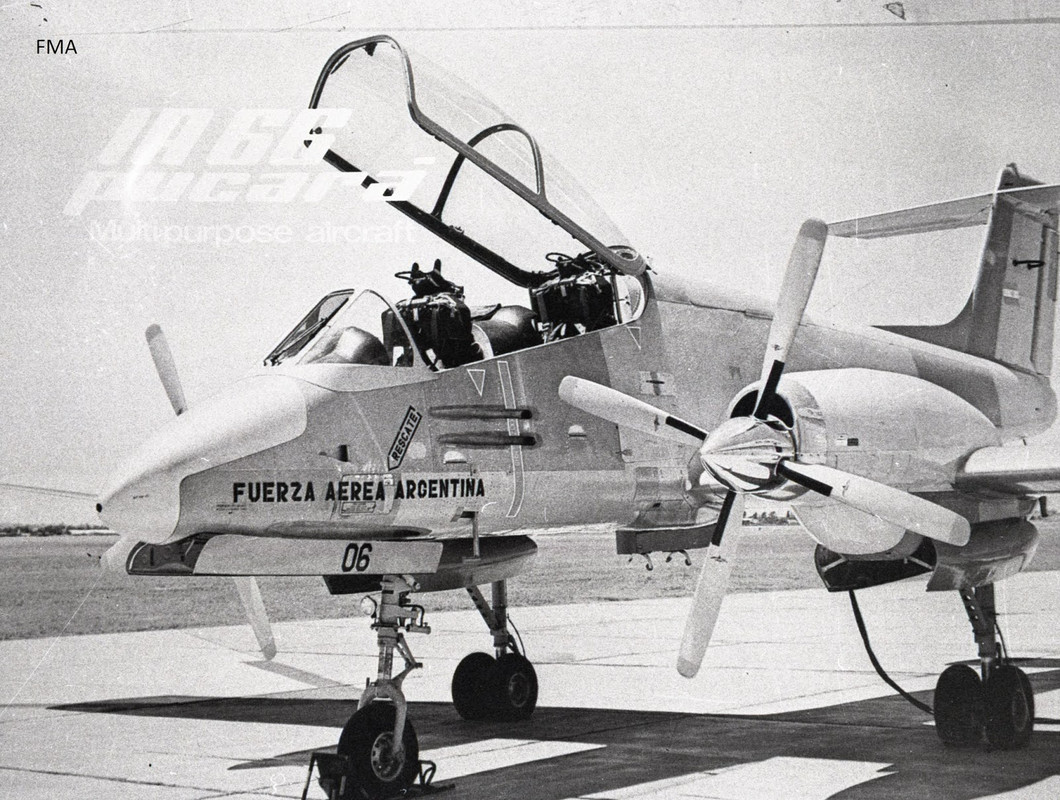
We will be taking a look at a development of the well known IA.58 “Pucara” counter insurgency (COIN) aircraft, this specific installment was focused on providing an export version, replacing various components by more “common” ones on the export market, notably the French Turbomeca engines and some of the Avionics/comms the IA.58A had.
A Brief History:
As the 1970s came to an end, FMA set its eyes on finding a better way of exporting the IA.58 Pucara, nations interested on the aircraft had issues regarding the power plant of the type…as the French engines weren’t as widespread and service for them was very specific. To solve this FMA chose the Garret Aireseach TPE 331, an engine that was being used in most utility aircraft other COIN aircraft of the time, the engine chosen was an upgraded version of the one the Pucara first flew with.
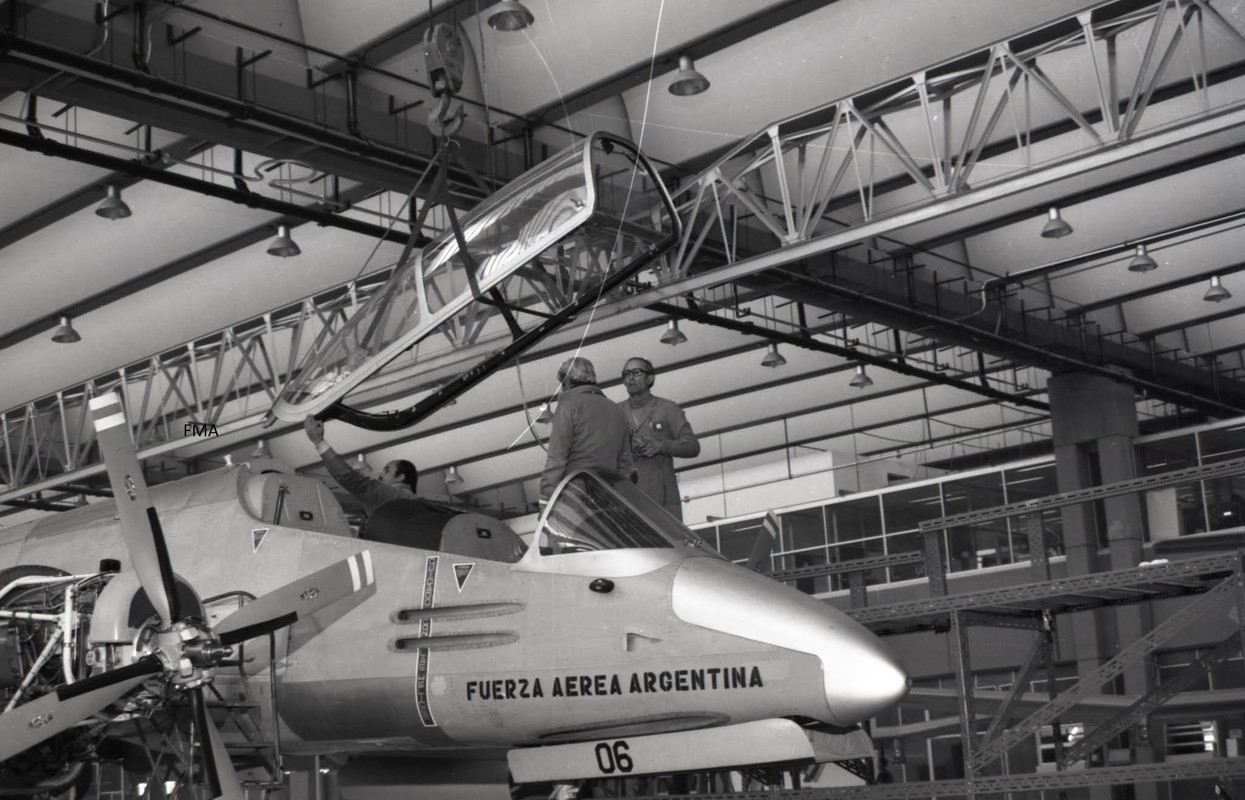
The IA-66 being assembled at FMA
The American Volpar company underwent the modification of one airframe to fit the new engines, this would be done in California, with works finishing on August 1980. The aircraft modified was a series example A-539, re-serialized AX-06 (not to be confused with the IA.58C prototype “AX-06”), unofficially this aircraft was named “Pucara G” for the Garret engines.
As test flights initiated the engine’s nacelles were modified for more aerodynamic ones (pictures below), a total of 37 flights would follow until the aircraft was disassembled and fitted with new control cables, fuel venting systems, and other equipment. The aircraft would again take to the skies on September 1981 and only months later being fitted with equipment to control the temperatures of the new engines, whole also being fitted with more advanced navigation and communication equipment.
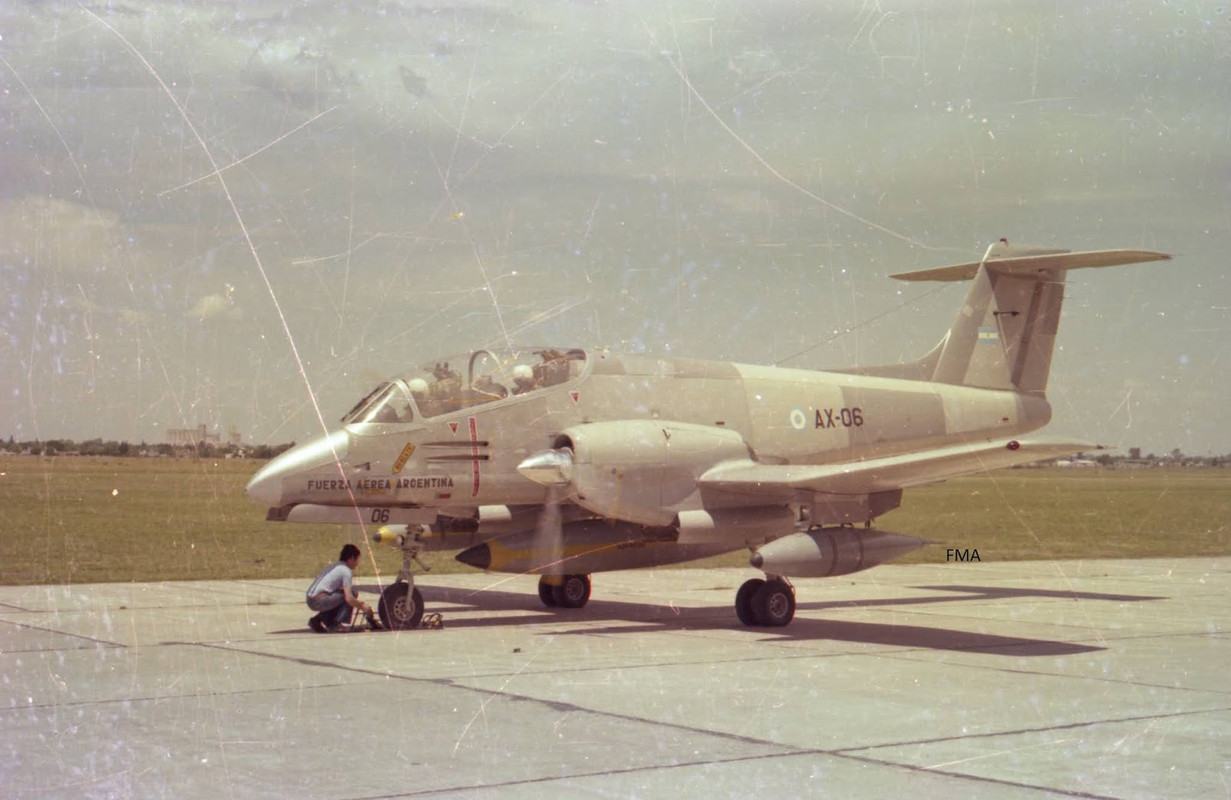
Undergoing tests at FMA
As the tests and evaluation came to an end, the final reports concluded that the engine change didn’t offer a substantial improvement over the Astazou XVIG engines, who offered better performance in take off and landing (thanks to its ability to brake with the propellers). The program was terminated in 1984 after no interest in the program was given by other nations and the prototype was reconstructed as a regular IA.58A.
Specifications:
Spoiler
Crew: 2
Dimensions:
Length: 15.25 m
Wingspan: 14.5 m
Height: 5.36 m
Wing Surface: 30.3 m²
Weight:
Empty weight: 4020 kg
Max takeoff weight: 6800 kg
Performance:
Engines: 2× Garret TPE331-11-601W (1000 shp)
Max speed: 500+ km/h at 3000m
Never exceeded speed: 750km/h
Stall Speed 143 km/h
Cruise speed: 430 km/h
Service ceiling: 10000m
G limits: +6/-3 g
Climb-Rate: 18 m/s
Armament:
Spoiler
When it came to armament, the IA-66 enjoyed the same options as the original IA.58A
Internal Armament:
- x4 Nose mounted 7.62 Browning machine guns (900 RPG)
- x2 20mm HS.804 cannons
A total of 1500kg of payload in 3 separated supports, compromising:
*FFAR (70mm) ASPID (57mm) & T-10 rockets.
*General purpose bombs (115Kg, 125Kg , 250kg, etc.)
*Napalm (INC-100, 220, 250)
*Possibly guided missiles in the form of the MP-1000 (Martin Pescador) (although this missile was only homologated on the normal IA-58A)
Images:
Spoiler
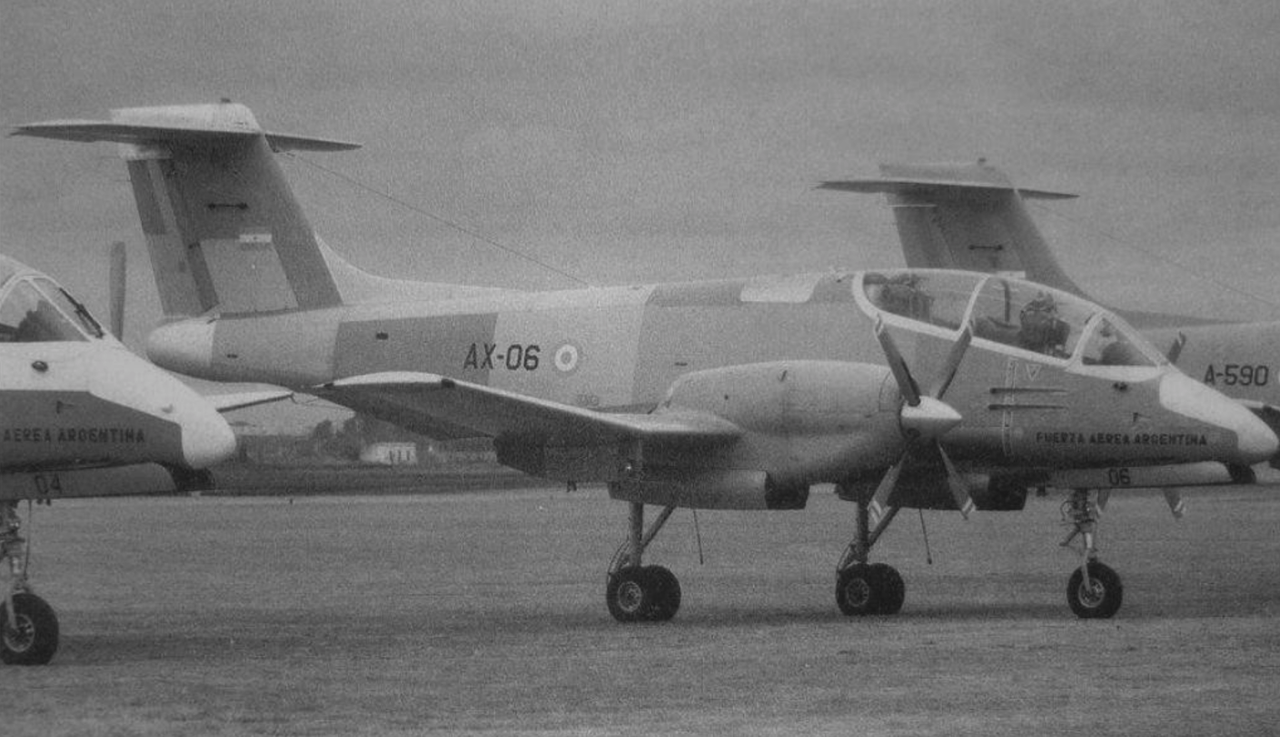


Sources:
Spoiler
Books/Magazines:
The Pucara Story - White Series 9121 - Dr. Caballero Ricardo, Carter Phil
Capsula Espacial Nro 18 - IA-58 Pucara
MANUAL DE VUELO IA.58 PUCARA (FMA) (flight manual)
ESPECIFICAIONES TECNICAS IA.58 PUCARA (FMA) (technical manual)
The Illustrated directory of modern weapons : warplanes, tanks, missiles, warships, artillery, small arms - Ray Bonds The Pucara Story - White Series 9121 - Dr. Caballero Ricardo, Carter Phil
Sites:
FMA IA 58 Pucará - Wikipedia
Donde nacen los Pucará - Noticias Defensa Documentos



